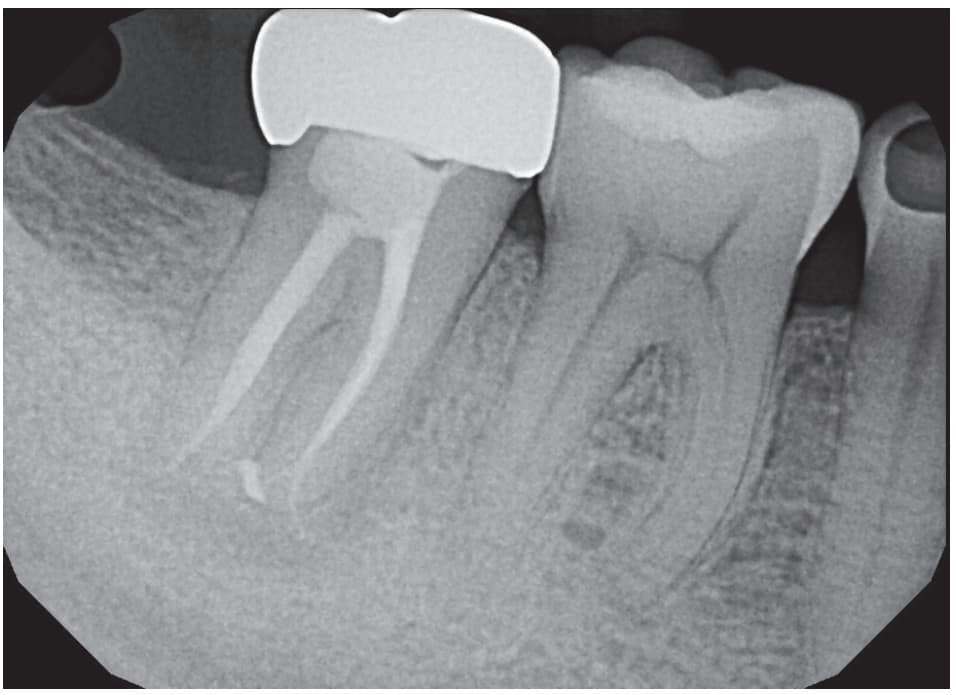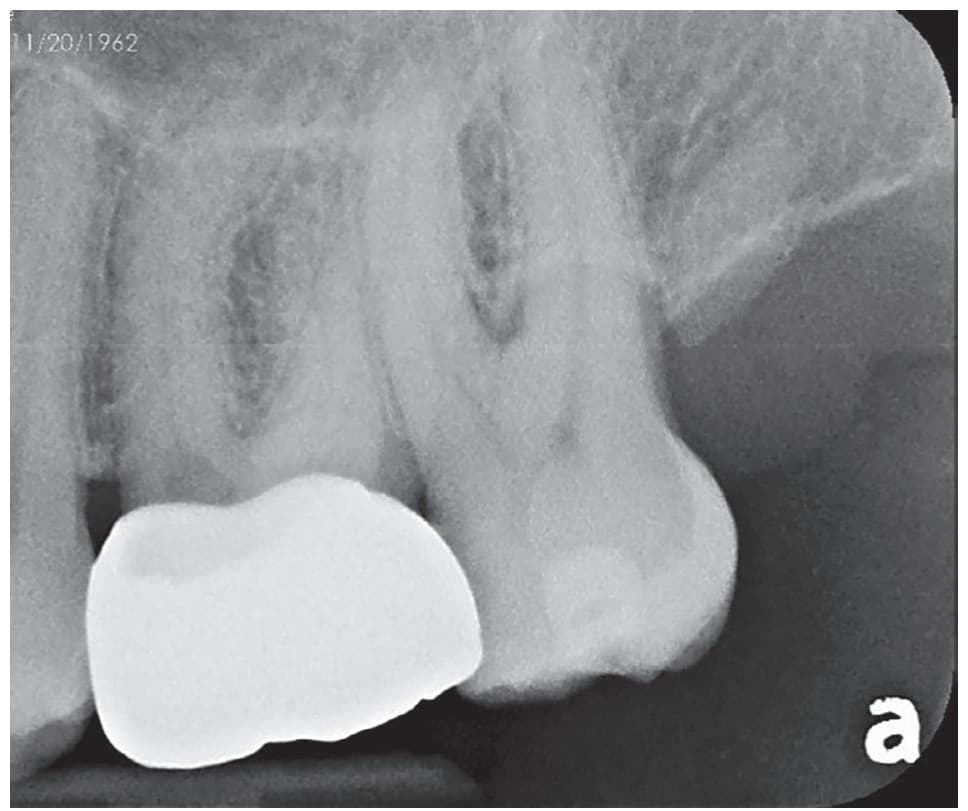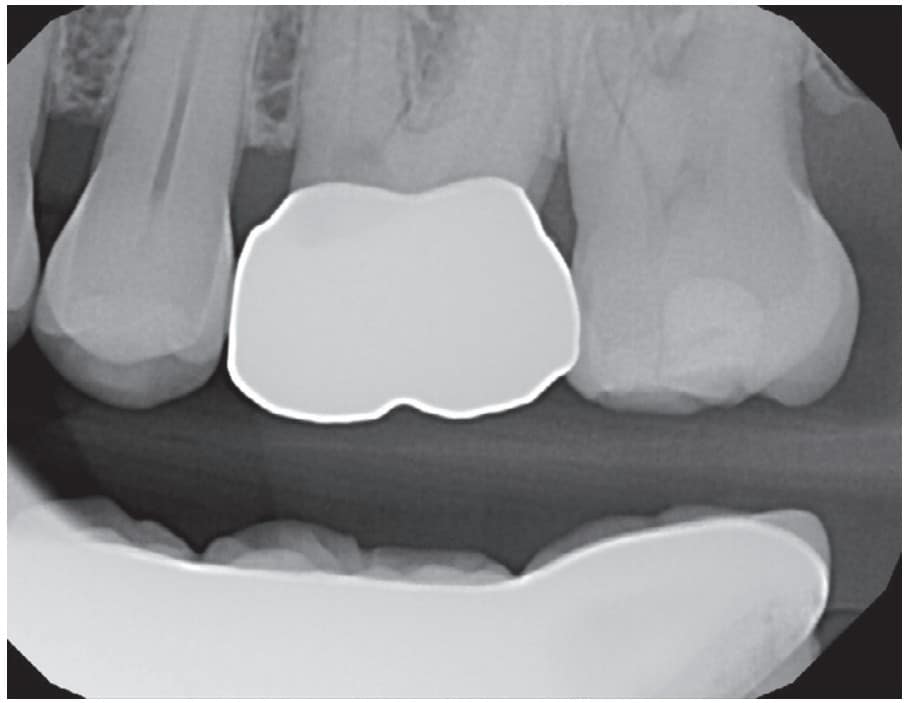Dr. Fernando Meza writes about how dental lasers can be a minimally invasive alternative to traditional root canal techniques.
Dr. Fernando Meza sheds some light on the benefits of lasers in endodontics
Today’s patients want and even expect the highest quality of clinical care. Some patients even come prepared with their own research, whether from online or through word of mouth, that dental lasers surpass this caliber of care. Dental lasers have become an increasingly popular tool for dentists; however, education and advantages regarding endodontic applications still remain ambiguous for many in the field.

The application of laser technology in dentistry has transformed treatments and procedures, revolutionizing the way endodontists approach our most common conditions such as root canal therapy and spanning to applications including periodontal procedures such as crown lengthening. With up to 15% of people in the U.S. avoiding dental care because of misconceptions and fears, according to the American Association of Endodontists, it is pivotal for dentists to discover how dental lasers play an integral role in providing new opportunities for more efficient, precise, and comfortable treatments.1

Root canals
When it comes to root canals — removing the damaged or infected pulp inside a tooth and replacing it with a filling material, the treatment is typically performed using traditional instruments, but dental lasers are increasingly becoming more popular. Root canals are typically necessary when a tooth becomes infected or inflamed due to decay, trauma, or other factors. Traditionally, root canals have been performed using burs, files, and other mechanical instrument to remove the pulp. However, this method can be time-consuming, uncomfortable for the patient, and may not always be effective at removing all the damaged tissue. Dental lasers provide a more precise and minimally invasive alternative to traditional root canal techniques.

The main laser used at my practice is the Waterlase iPlus® All-Tissue Laser by BIOLASE®.2 It is used for both the cleaning and shaping of root canals, as well as for laser-assisted root canal disinfection following final instrumentation of the canals. By first opening the surface of the tooth to access the root canal, the dental laser uses a combination of air/water spray and laser energy to remove the diseased tissue and enhance cleaning and shaping of the canals in between the use of files, just before placing the root filling.

The advanced laser technology works by emitting a focused beam of light that can be adjusted to target specific tissues, offering the advantage of better performance at a deep tissue depth in soft tissue due to their precision and minimally invasive nature. In root canal procedures, the laser is used to remove the damaged pulp while minimizing collateral damage to the surrounding tissue.3 This allows for more precise removal of the damaged tissue and reduces the incidence of postoperative pain, swelling, or requiring two visits to complete treatment. The laser disrupts bacteria, biofilms, and debris resulting in faster and more effective treatments. At the same time, the enhanced disinfection achieved from activating irrigating solutions within the canal system gives the provider together with the dental assistant superior ability to clean the root canal system. While success and survival of root canal treatments can range between 85% to 95%, disinfection is key, and the enhanced precision from dental lasers reduces the chance a patient will need to undergo a retreatment, apical surgery, or extraction.

Dental lasers enhance treatment by honing in on the infected area with efficiency and power that conventional tools lack, and in some cases decreasing the reliance on burs and files. The decreased post-op pain and discomfort is a testament to proper laser use during root canal treatment which ultimately benefits both the dental provider, support staff, and patient.
By harnessing dental laser technology, dentists and their staff are now able to target bacteria and infected tooth dentin with greater accuracy, helping to preserve more of the healthy tooth structure while decreasing treatment time, and allowing care teams to see more patients.
Crown lengthening
Typically performed when a tooth is broken, decayed below the gum line, or when there is not enough tooth structure above the gum line to support a restoration such as a crown or bridge, crown lengthening commonly involves removing gum tissue to expose more of the tooth surface. Traditionally, crown lengthening has been performed using a scalpel, handpieces, and other mechanical instruments to remove the gum tissue and contour the underlying bone. However, this method can be uncomfortable for the patient and often requires stitches to close the incisions.
In laser-assisted crown lengthenings, the laser is used to precisely target the tissue, allowing for a more controlled removal of the gum tissue. This reduces the risk of bleeding, discomfort, and other complications. Additionally, laser-assisted crown lengthenings are less invasive, leading to reduced postoperative discomfort and a faster recovery time for the patient.
The laser can be adjusted to target specific areas of the gum tissue, allowing for a more controlled and accurate tissue removal. This can be particularly beneficial when performing crown lengthening on multiple teeth or in areas where there is a high degree of complexity.
Conclusion
The industry is quickly evolving when it comes to technology. It would have been ludicrous to think in the early 2000s that just about every endodontist in the U.S. would have a CT scanner, but that is the reality now — with some having gone through a series of different ones. Dental lasers are a powerful tool, and assisting in root canals and crown lengthenings is just the beginning. As this innovative technology continues to evolve, the number of other hard and soft tissue treatments will only continue to expand further. As dental practices look to adopt innovative technology to improve care, patient satisfaction, and grow their practice, dental lasers are the next technology for endodontists to take an interest in.
Read Dr. Gregori Kurtzman’s view of how dental lasers can provide enhanced endodontic treatment here: https://endopracticeus.com/industry-news/laser-enhanced-endodontic-treatment/
- American Association of Endodontics. Endodontic Facts. From Press kit. https://newsroom.aae.org/press-kit/. Accessed May 2, 2023.
- Biolase. Waterlase iPlus®. https://www.biolase.com/products/dental-lasers-all-tissue/waterlase-iplus/. Accessed May 2, 2023.
- Sarbadhikary P, George BP, Abrahamse H. Paradigm shift in future biophotonics for imaging and therapy: Miniature living lasers to cellular scale optoelectronics. Theranostics. 2022 Oct 17;12(17):7335-7350.
Stay Relevant With Endodontic Practice US
Join our email list for CE courses and webinars, articles and more..

 Fernando Meza, DMD, is a 2002 graduate of the University of Connecticut School of Dental Medicine. Prior to dental school, he attended Vanderbilt University where he completed a B.A in Psychology. Dr. Meza then received his Certificate in Endodontics from Temple School of Dentistry in 2004. He practices at Arlington Alexandria Endodontics in Virginia.
Fernando Meza, DMD, is a 2002 graduate of the University of Connecticut School of Dental Medicine. Prior to dental school, he attended Vanderbilt University where he completed a B.A in Psychology. Dr. Meza then received his Certificate in Endodontics from Temple School of Dentistry in 2004. He practices at Arlington Alexandria Endodontics in Virginia.